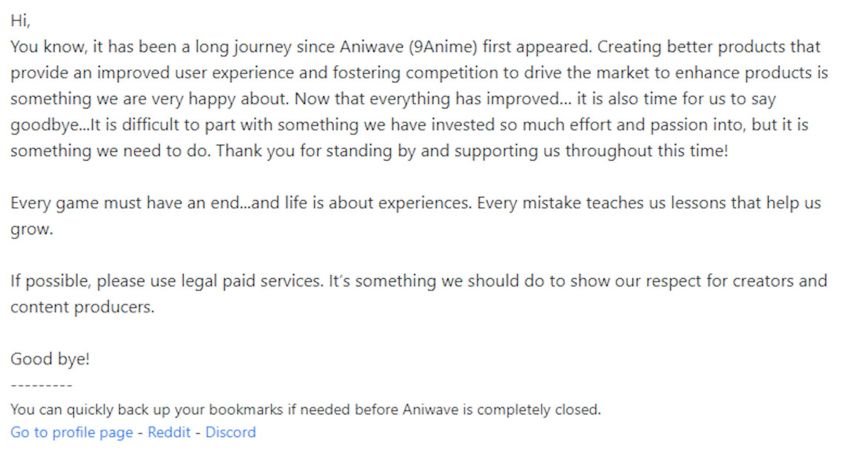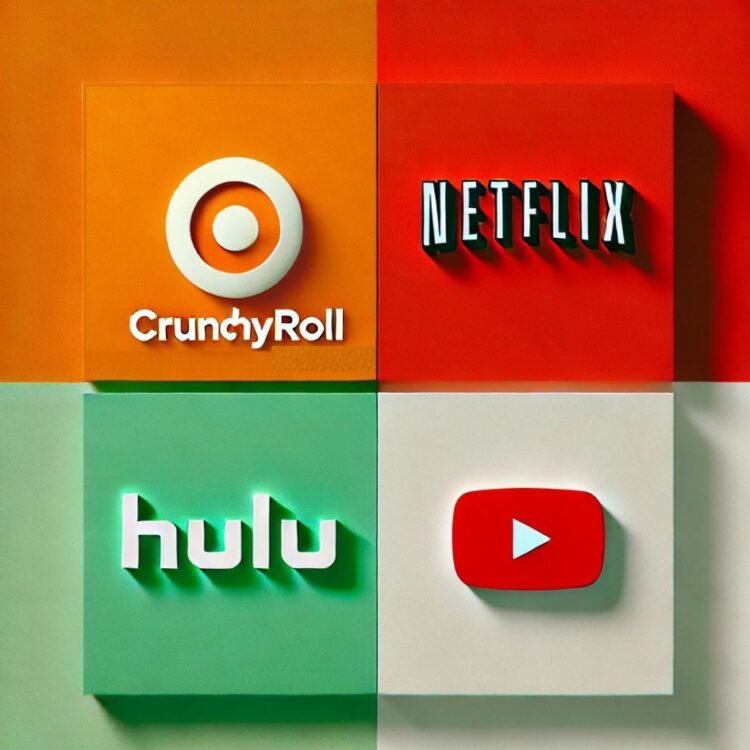When AniWave shut down on 27 August 2024, it marked a significant moment for the anime streaming world.
The site, which attracted 170 million monthly visits, was more than just a piracy platform; it represented a bridge between accessibility and the growing demand for anime content worldwide.
However, its closure also underscored the importance of supporting legal streaming services for the sustainability of the industry.
AniWave’s journey from prominence to closure provides a nuanced lens into the challenges of affordability, accessibility, and ethics in the digital entertainment era.

From 9Anime to AniWave: The Rise and Fall
AniWave, originally known as 9Anime, was launched in 2016. The platform became a haven for anime enthusiasts, particularly in regions where legal streaming options were scarce.
In 2023, the site rebranded as AniWave, likely an effort to navigate growing legal scrutiny.
Despite its efforts, AniWave faced mounting pressure from organisations such as the Alliance for Creativity and Entertainment (ACE).
This culminated in a coordinated shutdown in collaboration with Vietnamese authorities in 2024.
While AniWave’s operations were rooted in copyright infringement, the platform’s popularity reflected the gaps left by legitimate services.
It catered to an audience seeking diverse and immediate access to anime, offering an extensive library without ads or subscription fees.
However, this accessibility came at the cost of creators’ livelihoods, highlighting the tension between user demand and ethical practices.
The Appeal of AniWave: What Legal Services Missed
AniWave resonated with fans for its simplicity and breadth of content.
Unlike some legal platforms, AniWave offered instant access to a wide array of anime, from mainstream hits like Demon Slayer to emerging titles such as Solo Leveling.
For fans in countries where legal services offered limited catalogues, AniWave was an appealing, albeit unlawful, solution.
Yet, the platform’s impact on the industry was significant. By circumventing licensing agreements, AniWave undermined revenue streams essential to animators, studios, and voice actors.
As noted by the anime news platform TorrentFreak, “AniWave’s closure is a major blow for piracy, but it’s also a wake-up call for legal platforms to better meet audience demands.”
Legal Alternatives to AniWave

AniWave’s shutdown presents an opportunity for fans to explore ethical ways to enjoy anime.
These platforms offer legitimate access while supporting the creators and studios behind the art.
1. Crunchyroll
Crunchyroll remains a leader in anime streaming, with over 1,600 hours of content, including simulcasts of the latest episodes.
Fans of Demon Slayer can stay up-to-date just hours after episodes air in Japan.
Additionally, the highly anticipated adaptation of Solo Leveling is set to stream exclusively on Crunchyroll.
2. Netflix
Netflix has steadily expanded its anime offerings, featuring originals like Cyberpunk: Edgerunners and classics such as Neon Genesis Evangelion.
With high-quality streaming and offline viewing options, it is a solid choice for casual and dedicated fans alike.
3. Hulu
Hulu’s Anime Hub provides a curated selection of popular series like Boruto and Attack on Titan.
Its ad-free subscription tier offers an uninterrupted viewing experience.
4. YouTube
YouTube has emerged as a legal resource for anime, with channels like Muse Asia streaming licensed episodes for free.
Although Demon Slayer and Solo Leveling are not available here, YouTube offers a range of classics and dubbed content to explore.
The Rise of Free Platforms: Proceed with Caution
For fans hesitant to commit to paid subscriptions, free platforms such as AniWatch and Gogoanime have gained traction.
However, these sites often operate in legal grey areas and come with risks, including malware and intrusive ads.
While they may seem convenient, prioritising licensed services ensures the long-term growth of the industry.
AniWave’s Legacy: A Complex Impact
AniWave’s closure is more than the end of a popular platform; it’s a pivotal moment for the anime streaming ecosystem.
For years, the site fulfilled a need for accessible, diverse content, albeit through unlicensed means. Its absence leaves a void, but it also opens the door for legal platforms to address these gaps more effectively.
To sustain the future of anime, legal streaming services must adapt by expanding their catalogues, offering affordable pricing models, and delivering simultaneous international releases.
Meanwhile, fans have a role to play in supporting ethical streaming options, ensuring creators receive the recognition and compensation they deserve.
AniWave’s story is one of contrasts: a platform that brought fans together while challenging the very industry it depended on.
As the anime community moves forward, this chapter serves as a reminder that accessibility and ethics need not be at odds—it’s a balance waiting to be struck.
A YouTube video providing an in-depth explanation of AniWave’s shutdown, offering readers additional context and analysis.


